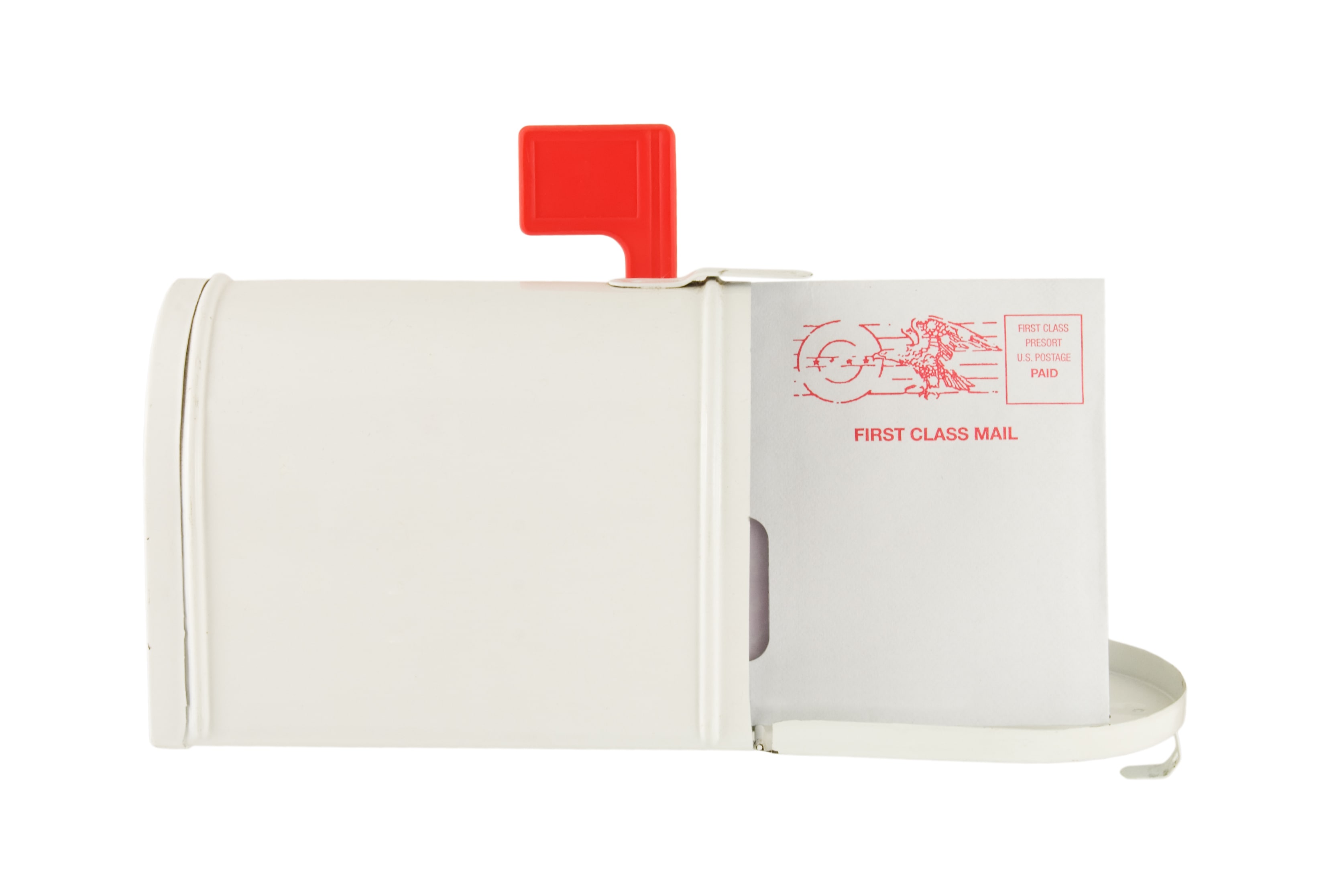Understanding the Difference Between First-Class and Standard- Class Mail
Direct Mail Marketing Tips | 14 Dec, 2020
by Jeffery Li
Reading Time: 3 Minutes

When you're sending out direct mail, you may think that the type of postage service you use makes little difference. However, nothing could be further from the truth. After selecting a campaign type and form of media that works, one of the most important decisions you'll make is whether you use first-class or standard mail.
What's the Difference Between First Class Mail and Standard Mail?
Here are the defining features of each service:
First-Class Mail
- Faster
- Costs more (about 15 cents more per piece)
- Has return service
- No minimum weight
- Package maximum weight 13 oz
- Letter maximum weight 3.5 oz
- 1-to-3-day local delivery
- 3-to-5-day national delivery
- Can be enhanced with registered or certified mail services
- Can be pre-sorted for discount bulk rate (minimum 500 pieces)
Standard-Class Mail
- Slower
- Cheaper (by about 15 cents per piece)
- No return service (default)
- No minimum weight
- Maximum weight 16 oz
- 2-to-5-day local delivery
- 1-to-4-week national delivery
- Can be enhanced with return service by ancillary service endorsement
- Bulk mail discount based on size and weight (minimum 200 pieces or 50 lbs)
The Scoop on First-Class Mail
First of all, this is the more expensive option, but it has a couple of stand- out benefits. First of all, first class mail simply delivers more quickly. It will take between one and five shipping days to get to its destination, depending on where you're sending letters.
Another key advantage is its return service , which sends any undeliverable mail back to you. This is great for you to keep your contact list up to date so you're not sending mail to dead addresses.
First-class mail is great for smaller weight packages, letters and postcards. It's also pretty consistent with its delivery times, even when things get busy around the holidays.
When Should You Use First-Class?
- When your mailing is time-sensitive
- If you're mailing during peak periods
- To maintain an up-to-date contact list
- To conduct a direct mail test before a mass campaign
- If you mail infrequently
- If your budget allows it
Standard-Class/Bulk Mail
If you send your mail standard (aka bulk) class, then you're simply not sending it as first-class or as a periodical. This the cheapest option and can save you money if your campaign isn't time-sensitive. It's also ideal for campaigns with lots of pieces because the costs can add up quickly. It's most commonly used to send ads, fliers, newsletters, small packages and catalogs.
Standard mail delivers more slowly. Depending on whether you send locally or nationally, it can take from two days to four weeks to reach its destination. Mail is priced based on its weight and size.
To keep this mailing option affordable, return service isn't available unless you pay extra for it through an ancillary service. If you choose to not have return service, it can be a drawback if you want to keep your contact list current.
Delivery times are longer during peak times because they get pushed down in the level of priority over first-class and mail with higher postage.
When Should You Use Standard-Class?
- There is a large number of mailings.
- You mail frequently.
- You don't need to update your contact list.
- There is a limited marketing budget.
- Your campaign isn't time-sensitive.
- You're not sending during peak times of the year.
Which One is the Best for Your Business?
You'll need to consider your budget, your marketing needs and the impression you want to make on the recipient. Overall, first-class makes a more favorable impression because you have spent more and the person receiving it feels like more of a priority. It's also good for more time- sensitive campaigns like holiday greetings or special offers because it's faster. Standard-class is easier on smaller budgets and is good for regular campaigns such as monthly mailings.
Sign up for our newsletter
Recieve direct mail marketing insights to help grow your business.
Get the latest tips sent straight to your inbox.
Sign up for our newsletter
Recieve direct mail marketing insights to help grow your business.







